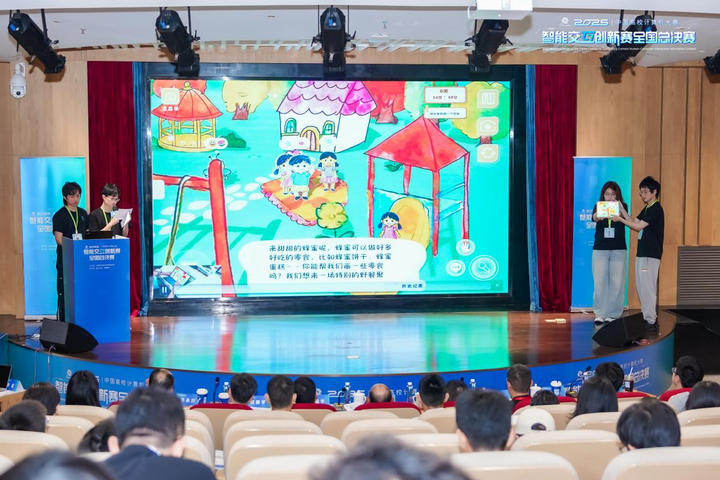Empowering Teams: Decentralized Architecture Decisions
Key Takeaways
- Teams can make any decision after seeking advice from affected parties and documenting it in an Architectural Decision Record (ADR).
- Context maps ensure clear team ownership of system areas.
- Use architectural principles, immutable ADRs, and weekly advisory forums to maintain alignment.
- Teams evolve through four phases: disbelief → excitement → consequences → self‑correction.
- Architects act as facilitators between teams rather than sole decision-makers.
---
Learning from Slime Mold: A Metaphor for Decentralized Architecture

Physarum polycephalum, or slime mold, solves complex problems without a central brain — creating efficient networks purely through localized decisions.
Scientists tested this by placing food sources in positions matching Tokyo’s cities and watched slime mold replicate aspects of the Tokyo subway network — often more efficiently than the real system.
Lesson: In software architecture, similar decentralization can outperform centralized “ivory‑tower” approaches — provided teams have context, communication channels, and clear principles.
---
Image after 26 hours: The slime mold network closely matched Tokyo’s subway.
---
Our Transformation Journey
In 2020, the organization faced:
- Legacy systems with multiple .NET versions and tangled dependencies
- Manual, error-prone deployments using installers
- Release cycles lasting 3–6 months
- Long user acceptance tests and repeated bug fixes
Goal: Re-architect into a cloud-native SaaS platform aligned with modern engineering practices — requiring not just technical change, but a cultural shift toward decentralized decision-making.
---
Establishing Teams for Fast Flow
Following Team Topologies, teams were restructured into:
- 3 Product Engineering Teams
- 1 Enabling Team (subject matter experts)
- 1 Platform Team (initial re-platforming, then cognitive load reduction)

Core requirement: Architecture must be loosely coupled and distributed to empower teams to solve problems efficiently.
---
The Advice Process: Foundation for Empowerment
The Advice Process enables any team to make decisions if they:
- Seek advice from stakeholders and experts.
- Document decisions publicly with rationale.
- Record situations where advice was ignored, noting pros and cons.
Supporting tools:
- Architectural Principles — decision guidelines
- Architectural Decision Records (ADRs) — immutable documentation
- Architectural Advisory Forum (AAF) — weekly collaborative review
---
Creating the Context Map
Purpose: Define clear boundaries and ownership before autonomous decision-making.
- Used domain-driven design and context mapping
- Identified bounded contexts and relationships/contracts
- Assigned each bounded context to one team
Challenges: Legacy dependencies made separation difficult.
Outcome: A single source of truth for business flows and team ownership.

First version shows scale and complexity.
---
Continuous Refinement
- Grey areas: No clear ownership — must be resolved.
- Shared contexts: Multiple teams depend on them — can cause contention.
Benefits:
- Visualizing dependencies helps forecast impact before changes.
- Encourages collaboration and reduces unnecessary coupling.
---
Architectural Principles: Guiding Decisions
Collaboratively developed in workshops tied to business strategy.
Each principle includes:
- Statement of intent
- Link to strategy
- Concise rationale
- Implications (positive & negative)
Example: Isolate tenant database — aligns with business objectives but increases hosting costs.


---
Architectural Decision Records (ADRs)
A precise, structured way to capture one architectural decision and its reasoning.
Typical ADR fields:
- ID and title
- Author
- Status (draft, accepted, superseded)
- Decision (1–3 sentences)
- Principles influencing the choice
- Context
- Alternatives considered (pros/cons)
- Consequences
- Advice received
Immutable: Once adopted, can only be superseded — not edited.
Usage: Over five years, >200 ADRs produced, serving as living documentation and onboarding resource.
---
Architectural Advisory Forum (AAF)
Weekly cross-team meeting with agenda:
- Upcoming spikes (tech investigations)
- Upcoming ADRs — presentations/questions
- DORA metrics and Azure spend
- SLO dashboards — system performance
Purpose: Transparency, feedback, and early issue visibility.
---
Case Study: First ADR in Practice
Context: Complex legacy Line of Business (LoB) module with quality issues and monolithic design.
Decision: Convert LoB to an independent microservice:
- Dedicated datastore (Azure Cosmos DB)
- Default configuration
- Independent deployment and scaling
Outcome:
- Maintained contracts with dependent contexts via dual writes
- Reduced interdependencies and performance bottlenecks
Lessons learned:
- Link product-level context via Product Decision Records
- Break big changes into smaller ADRs
- Seek advice earlier and filter opinion vs. actionable feedback
---
The Evolution of Decision-Making
Teams progress through:
- Unaware of autonomy
- Seeking validation from leadership
- Leadership holds line against centralizing again
- Full ownership with context & shared vision
Eventually:
- Decisions flow naturally
- Consequences teach valuable lessons
- Teams self-regulate and provide peer feedback
---
Benefits & Outcomes
- Trust & transparency: Teams decide within constraints.
- Alignment: Teams contribute to one product vision.
- Architect role shifts to facilitation and complex problem-solving.
- Faster delivery & greater ownership.
---
Conclusion
Like slime molds, empowered teams can build efficient, adaptive systems when supported by clear structure:
- Context maps — clarity & ownership
- Architectural principles — alignment
- Immutable ADRs — decision memory
- Advisory forums — collaboration
Result: Faster delivery, better alignment, higher engagement, and stronger architecture — with architects free to focus on high-value systemic work.
---
Would you like me to produce a condensed visual summary of this transformation that teams can use for onboarding and workshops? It could turn this into a one-page Architecture Empowerment Canvas.



